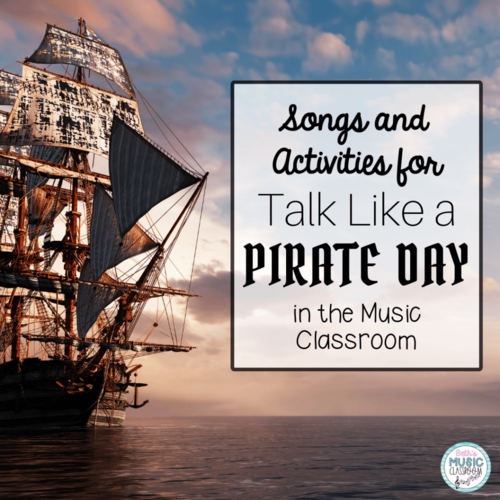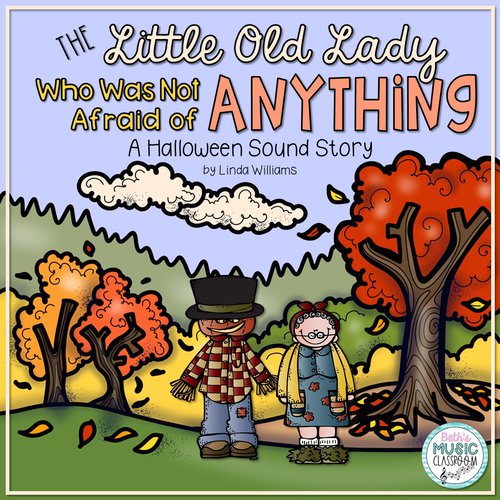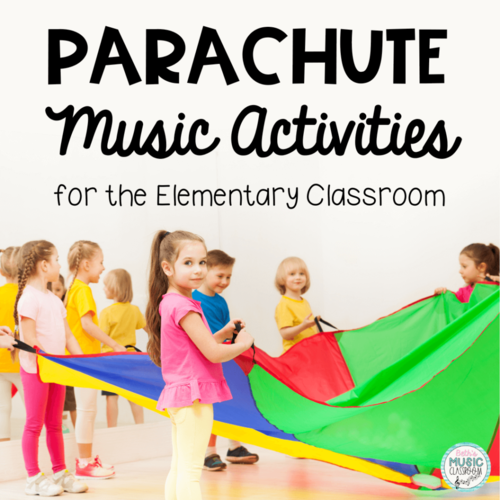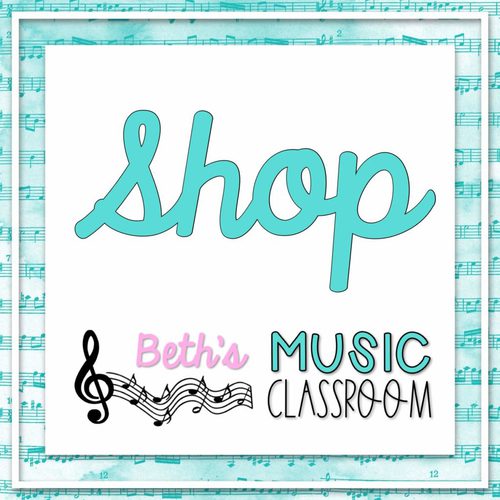
As an elementary music teacher, you know that managing a room full of excited, energetic students can feel a bit overwhelming at times. And while energy is a wonderful thing in the music classroom, getting the students’ attention quickly and effectively can save you valuable teaching time and keep the lesson flowing smoothly. That’s where catchy attention getters come in! Today, I’ve got lots of quick phrases that you can use to grab your elementary students in and get their (hopefully full) attention.
Using these fun, engaging phrases may not only help students’ focus, but they can also create a positive and playful atmosphere that supports learning. In this post, I’m sharing some of my favorite phrases that I’ve collected and used with my music classes. Also, I have some tips on how to use them effectively in your music classroom.
Why Attention Getters Work in the Music Classroom
When it comes to classroom management, attention getters are a must-have tool, especially in the music classroom. With all the movement, instruments, and energy, finding ways to channel that enthusiasm into focused listening is key. The beauty of attention getters is that they’re short, sweet, and catchy – perfect for music teachers to use during transitions, before activities, or when you just need a quick reset.
Using rhythmic or musical elements in attention getters also ties directly into what students are already learning. It reinforces their musical ear and creates seamless transitions between activities. Plus, students love responding to them because they’re so much fun!
Call-and-Response Attention Getters
First, let’s look at call-and-response attention getters. These are classic and popular for a reason: they work! These simple, interactive phrases give students a clear directive while allowing them to participate. The teacher reads the first part, and the class responds with the second part. Here are a few of my favorites:
- “Macaroni and cheese”…”Everybody freeze!”
- “1, 2, 3”…”Eyes on me!”
- “Hocus pocus”…”Everybody focus!”
- “Ready, set”…”You bet!”
- “Ready to rock”…”Ready to roll!”
- “Flat tire”…”Shhh”
- “Waterfall, waterfall”…”Shhh”
These phrases are easy to remember and get students to focus immediately. They’re also quick to say, meaning you can move on with your lesson almost instantly.
I would suggest introducing just one of these attention getters at a time. After they feel comfortable, try adding a new one. At first, try it out to see if any students know the response. I teach so many homerooms every year, and some classes have already been taught call and responses by their teachers. Once you begin a new phrase, your students will catch on with a little bit of practice, and it will become automatic.
Fun and Creative Phrases and Slogans
Sometimes, the best way to capture a child’s attention is through humor or a little creativity. These fun well-known phrases not only grab attention but keep things light-hearted:
- “WWW dot”…”Zip it dot com”
- “Avocados”…from Mexico
- “We are farmers”…Bum da dum dum da da da
- “Ba Da Ba Ba Bah”… I’m Lovin’ It
- “America runs on”…“Dunkin”
- “Red Robin”…“yum!”
- “Who lives in a pineapple under the sea?”…“Spongebob Squarepants”
- “Scooby Dooby Doo”…“Where are you?”
- “To infinity”…“and beyond!”
Adding movement or just a pose to these phrases makes them even more effective, ensuring students are not only listening but also physically responding.
Rhythmic or Musical Attention-Getters
As music teachers, we have the perfect tool at our disposal: rhythm! You can integrate rhythmic or musical elements into your attention getters to keep the energy flowing while getting everyone to focus. Here are some ideas that I use with K-5th grade:
- Clap a rhythm, and have students clap it back.
- “Drum roll, please!” (Have students tap their laps to mimic a drum roll, then stop when you signal.)
- “Be my echo.” Students listen then echo back the rhythm or phrase.
- “Click-clack. Sing it back!” You sing this phrase on a simple melody, and students repeat it after you. Then the echoing of the song continues.
- “If you can hear my voice, clap your hands.” Students respond with 2 claps.
The last example above is one that I started doing several years ago. It’s a little different than I’ve seen used before, so I’ll explain it a bit because it works like a charm! First, I sing the call to my students. You can really use any melody – the one I use is below. Then students clap 2 times. I sing it several times, but I change the action phrase at the end – for example “stomp your feet,” “pat your legs,” “tap your head,” etc. However, I also change the volume that I sing it at, which encourages each student to get quieter or even silent in order to hear me. Often, I start pretty quietly so that only the 3 or 4 students near me can hear. It’s a great way to get attention even if the rest of the class is talking. Very quickly, you will have all students quiet and listening for what you’ll do next. You can even continue this little song as directions for the next activity. For example, you could sing, “If you are wearing red, go line up” (or go to the carpet, find a drum, choose a partner, etc).

These rhythmic responses not only capture attention but also help reinforce musical skills like listening and imitation. It’s a win-win!
The Power of Silent Cues
While catchy phrases are wonderful, sometimes a silent signal can speak volumes. Visual cues are great tools when you want to reduce noise or signal that it’s time to settle down. I love using these during music centers.
Some examples of silent cues:
- Raise your hand or make a specific hand sign to signal silence. As soon as students see your hand raised, they should stop talking and show the hand sign too.
- Hold up a poster or item to signal a transition.
- Use a special instrument (like a chime) to indicate it’s time to stop and listen.
Silent cues are a powerful attention getter because they bring an element of calm to the classroom, especially after an energetic activity. It’s a good way to regain control without having to raise your voice or add more noise to the environment.
Tips for Using Attention Getters Effectively
- Consistency is key. Stick to a few go-to attention getters at first so students become familiar with the routine. This helps them understand expectations quickly.
- Tailor your attention getters to your classroom dynamic. What works for one group of students may not work for another. Feel free to experiment and find what resonates with your students.
- Keep it fresh. While consistency is important, introducing new phrases or rhythms periodically keeps things engaging. Kids love variety, and it helps keep their focus sharp.
Conclusion
Attention getters are a fantastic tool for any elementary music teacher’s toolkit. They’re quick, effective, and fun, allowing you to keep your classroom running smoothly while reinforcing listening and focus. Try incorporating some of these phrases into your next lesson and watch your students respond!
Do you have a favorite attention getter that you use in your classroom? Share it in the comments – I’d love to hear what’s working for you! You can also email me at beth@bethsmusicclassroom.com.

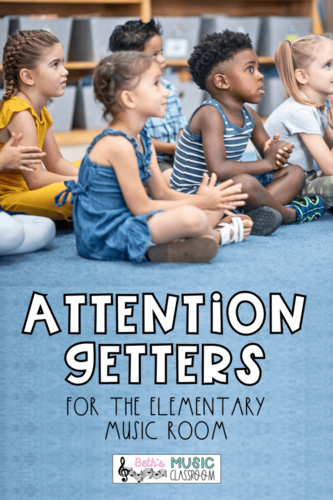
Here’s some other posts you may like.
